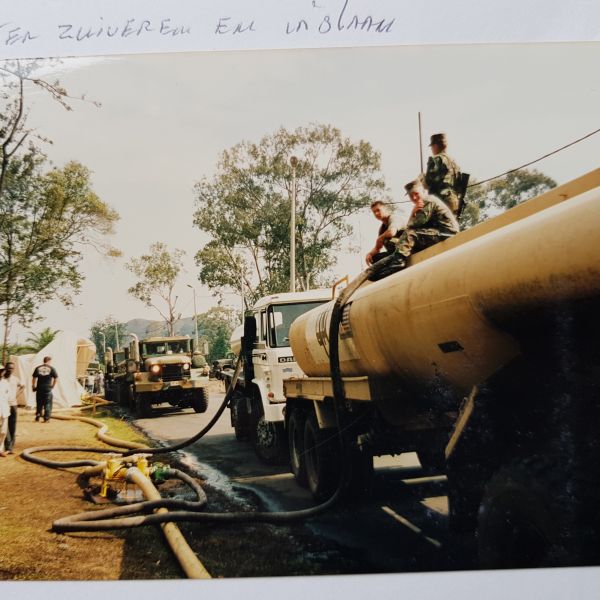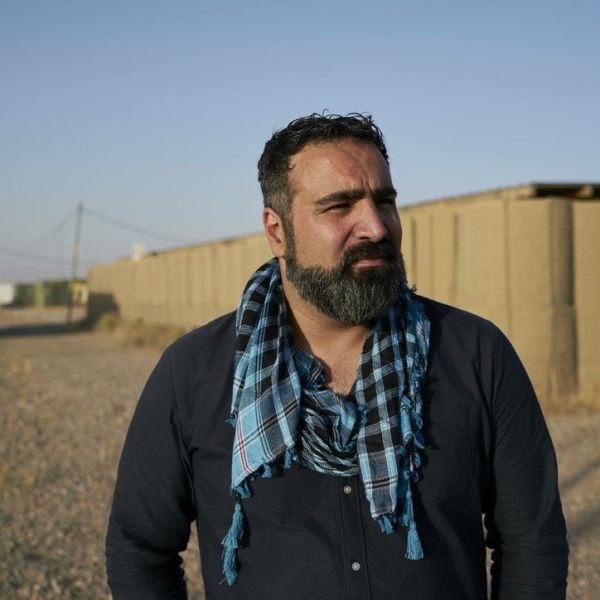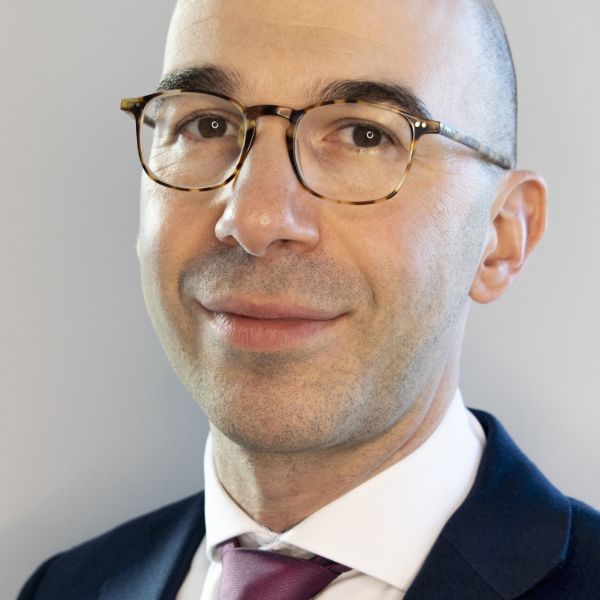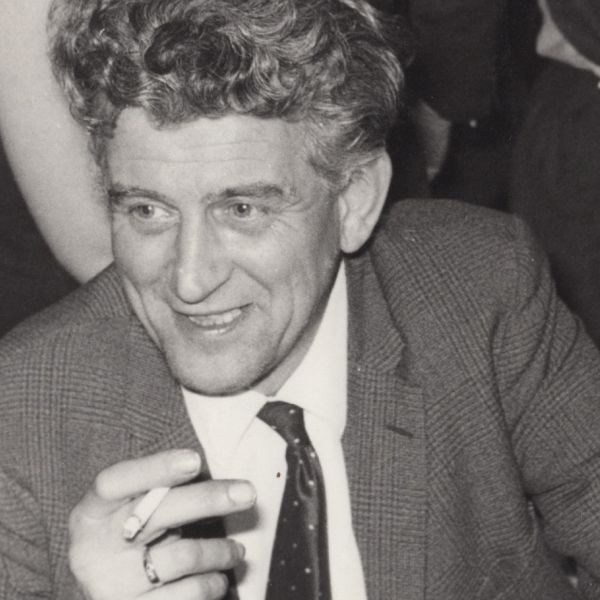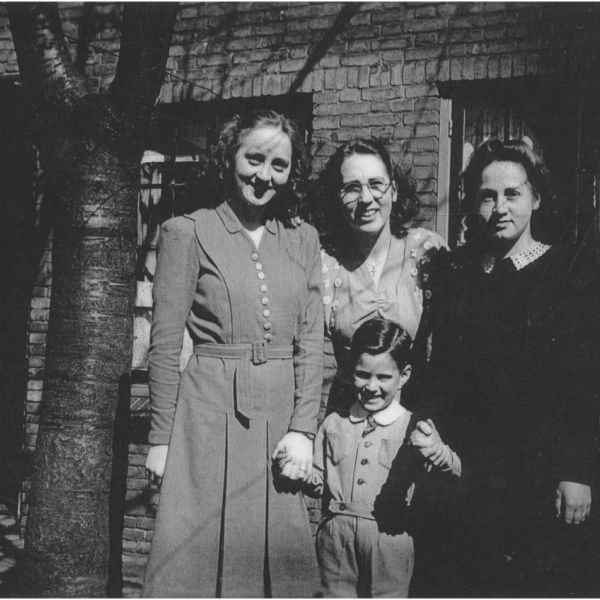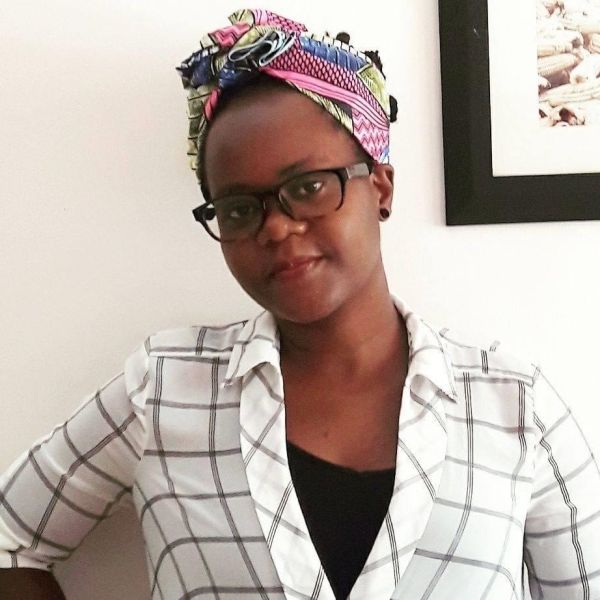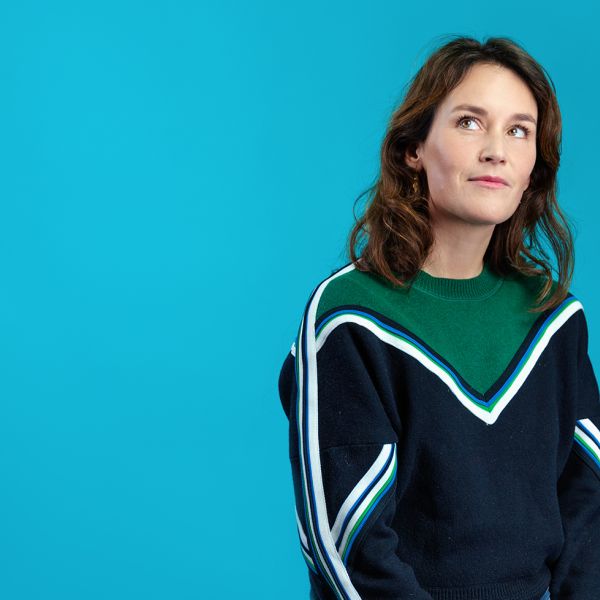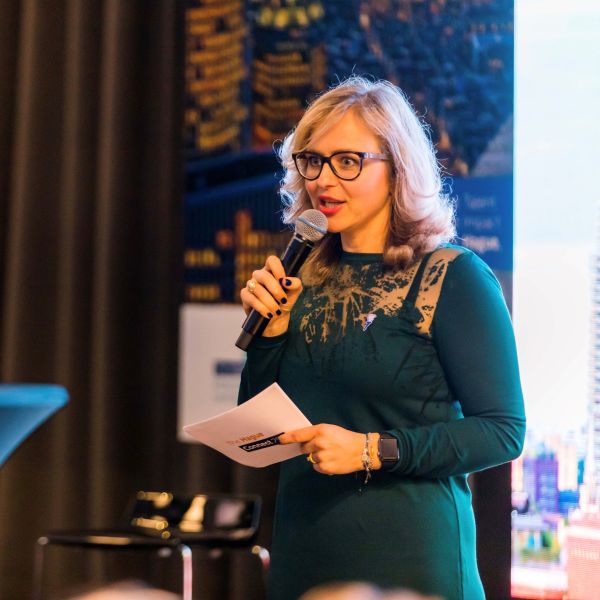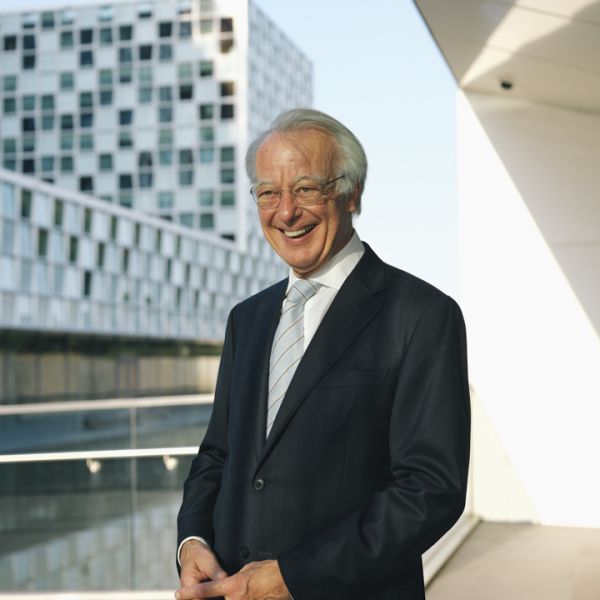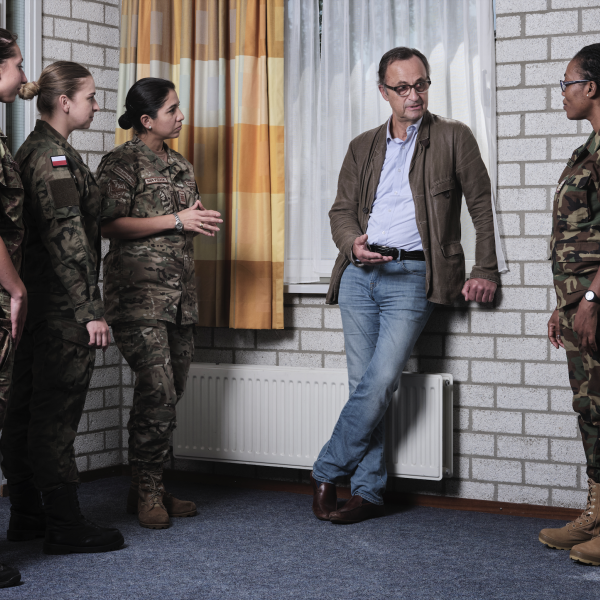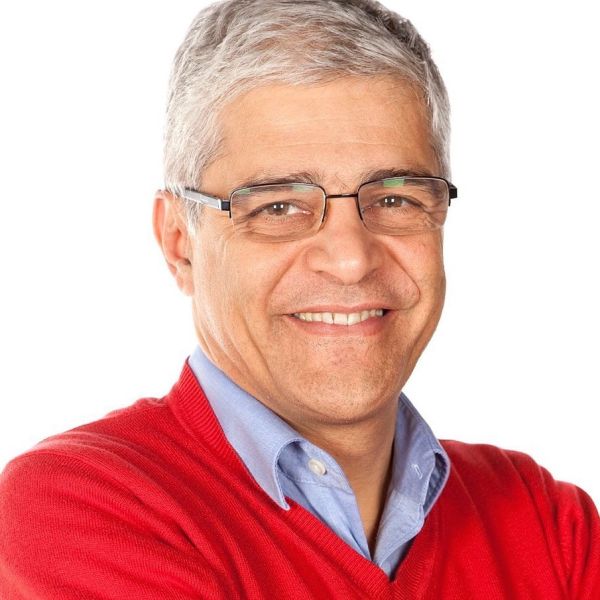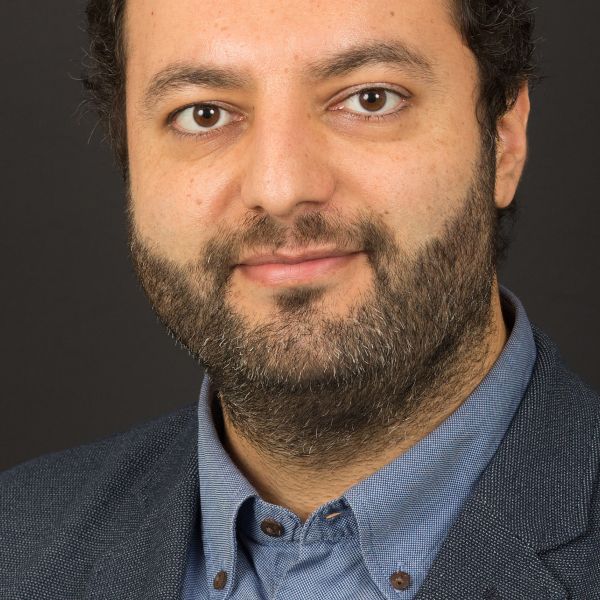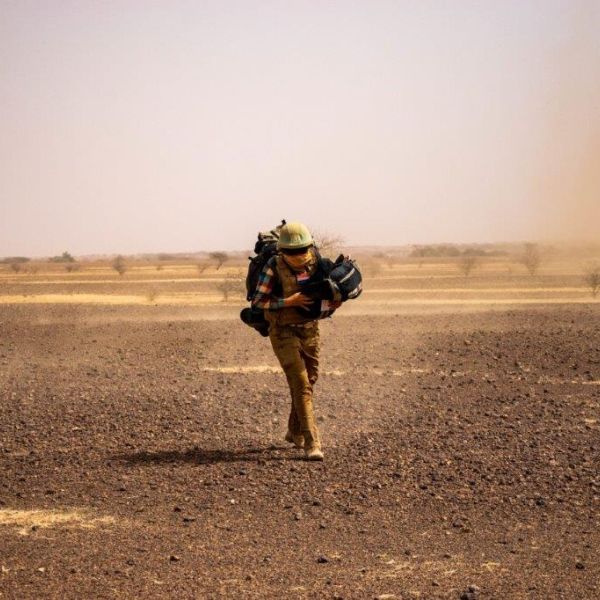75 years of UN in 75 stories: Marcel de Haas
In 2005 Marcel de Haas (1966), department head and instructor at the Alfrink College secondary school in Zoetermeer, launched the Model United Nations Alfrink (MUNA), a variation on the existing MUN conferences. It now hosts 300 representatives from the Netherlands and abroad in its annual meeting.
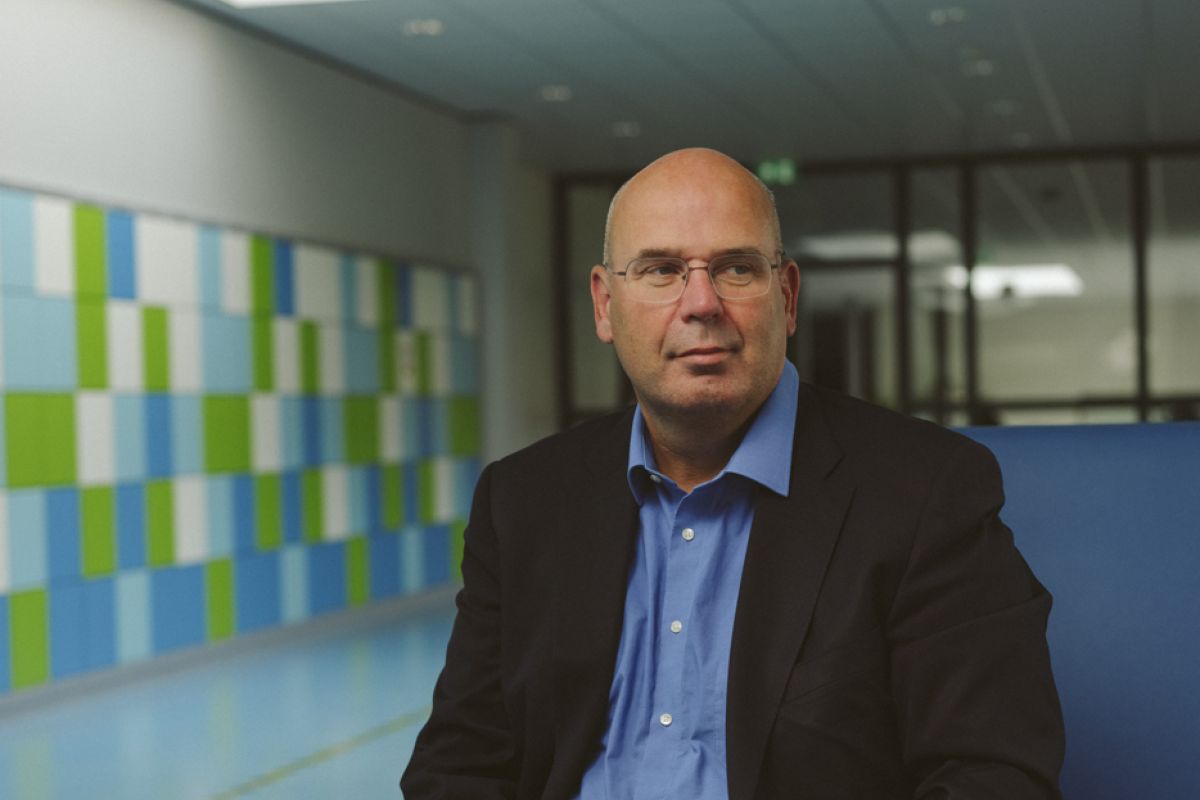
Model United Nations (MUN) conferences have been held in various forms since the 1920s. These events bring together secondary school pupils from various countries to debate the global issues like poverty, human rights violations and climate change.
Unlike other programmes such as the UN Youth Delegate program, the MUN conferences are simulations of the United Nations itself. The pupils participate in a role-play, representing a country and acting as a diplomat or an NGO employee. This gives pupils the opportunity to immerse themselves in international issues and develop skills in debating, critical thinking and negotiating. Many present-day UN personnel participated in Model United Nations activities when they were in school.
“It’s the meetings with speakers that have an impact”
“The MUN is a wonderful project, but I wanted to devote more attention to the people who it’s all about.” What makes MUNA different is its connection to a charitable cause, and its contact with the local people who are doing the charitable work. “So the participants are not just diplomats, but also the people directly involved.” Also notable are the guest speakers, many of whom have been through some very serious things. “It’s these contacts in particular that make the biggest impact,” De Haas says. “When you start talking with them instead of about them, the issues really come to life. They give a face to poverty and refugee crises.”
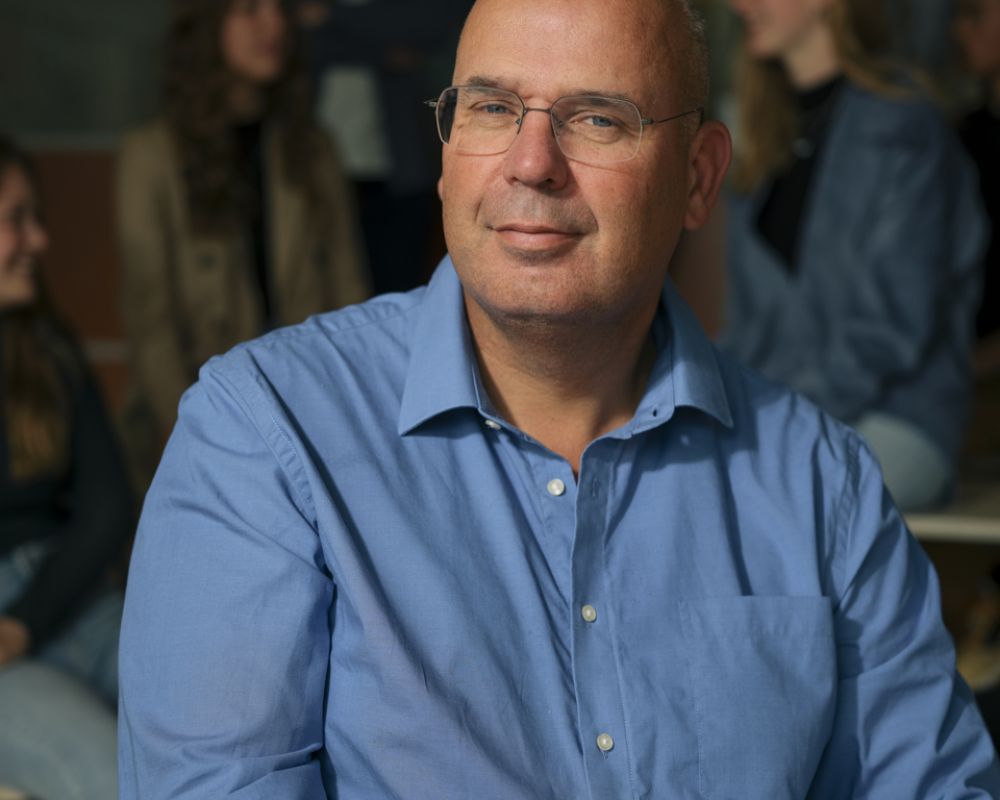
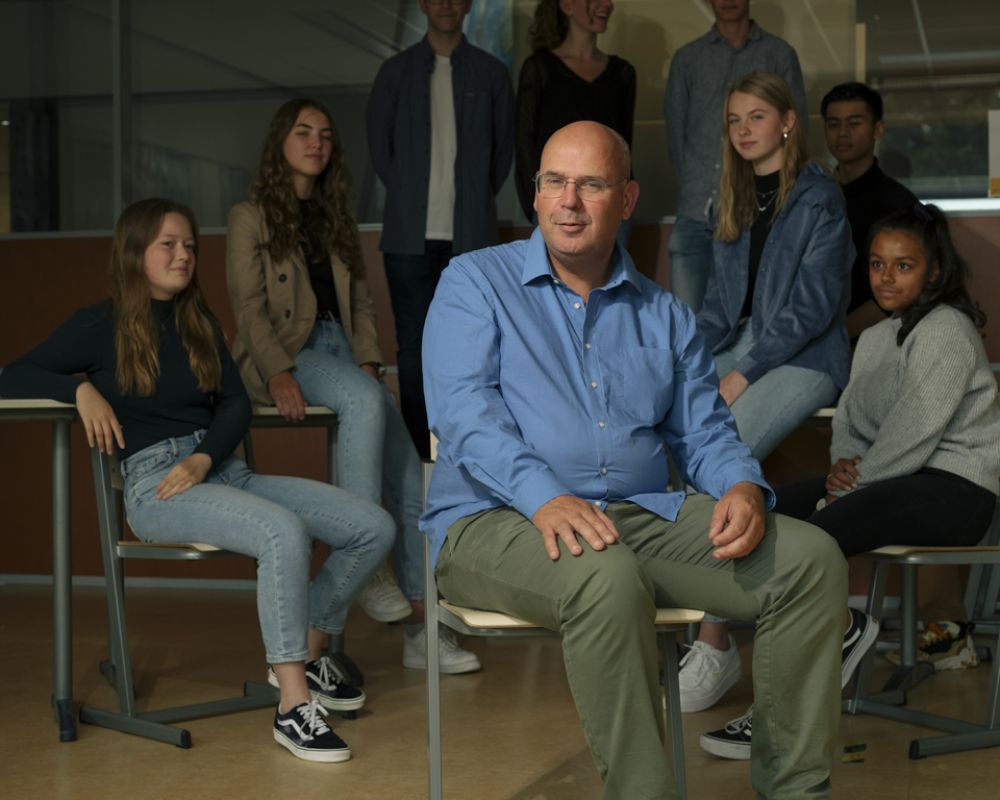
“They give a face to poverty and refugee crises”
De Haas’ social engagement began at an early age. At home, his family always discussed social issues. When he was a little older, he saw people from Amnesty International on a candlelight solidarity walk at the train station in The Hague, he recalls. “That made a huge impression on me. I thought, all that talking is all well and good, but I want to actually do something.” He joined a working group in The Hague, and the rest is history.
He’s particularly proud that the secondary school pupils at Alfrink College have long since moved on from just talking about the issues, and are now taking action themselves. “For example, two upperclassmen put together a whole series of lessons for the underclassmen about human rights. Another group of students collected money for a clinic for Burmese refugees on the Thailand-Myanmar border. And sometimes students keep it up after they leave school. We recently had a former pupil come back to talk to us about the school for street children that he had started in a slum in Rio de Janeiro.”
Er is slechts één plek op aarde waar bijna alle landen van de wereld met elkaar aan tafel zitten: de Verenigde Naties. De VN richt zich op kwesties die de grenzen van landen overstijgen of zelfs de hele wereld aangaan, zoals vrede en veiligheid, klimaatverandering, onderwijs, gezondheid, cultureel erfgoed, economische ontwikkeling, en meer. Voor velen lijkt het werk van de VN erg abstract, maar door in gesprek te gaan met reddingswerkers, vredeshandhavers, hulpverleners, diplomaten, ooggetuigen, soldaten, en anderen die betrokken zijn bij de VN, wordt duidelijk hoe belangrijk het werk van deze organisatie is. Dit is precies wat het Humanity House heeft gedaan. Helaas heeft deze organisatie zijn deuren moeten sluiten, maar Just Peace en Museon-Omniversum hebben de handen ineengeslagen om hun verhalen te bewaren. Je kunt deze verhalen nu vinden op de website van Just Peace, en een deel ervan is ook opgenomen in een tentoonstelling over de VN in Museon-Omniversum.
The 75 Years of UN Stories were collected and curated by Frederiek Biemans for Humanity House.
